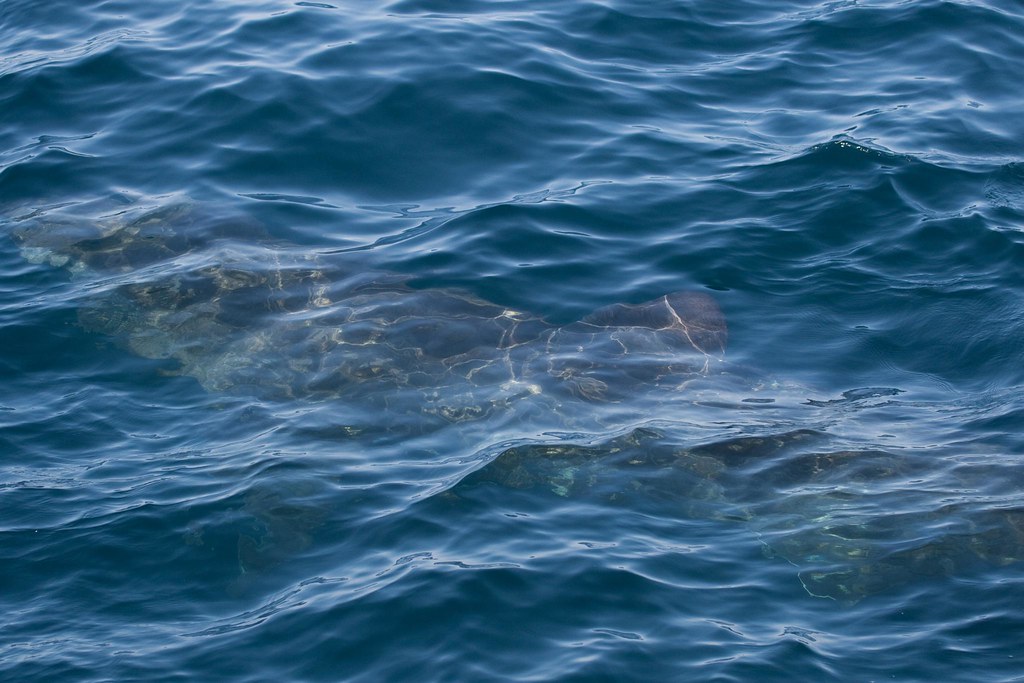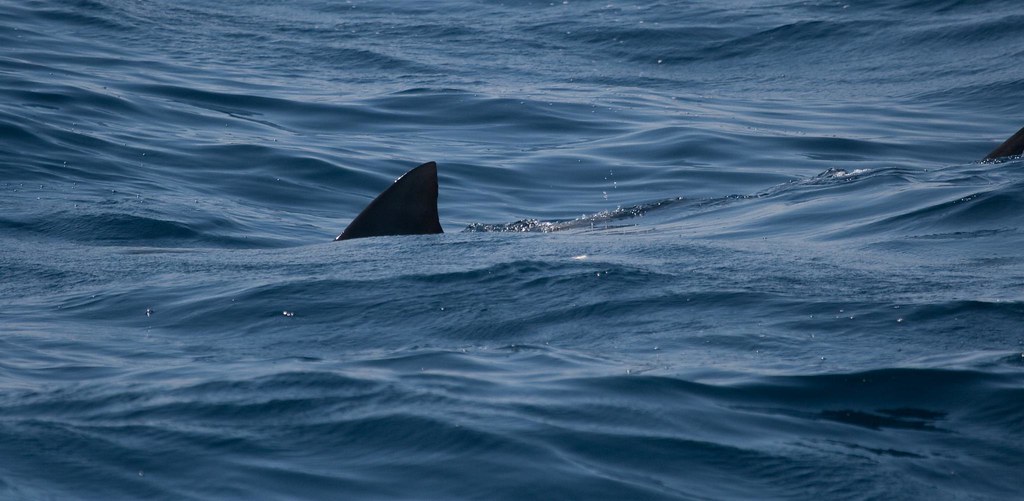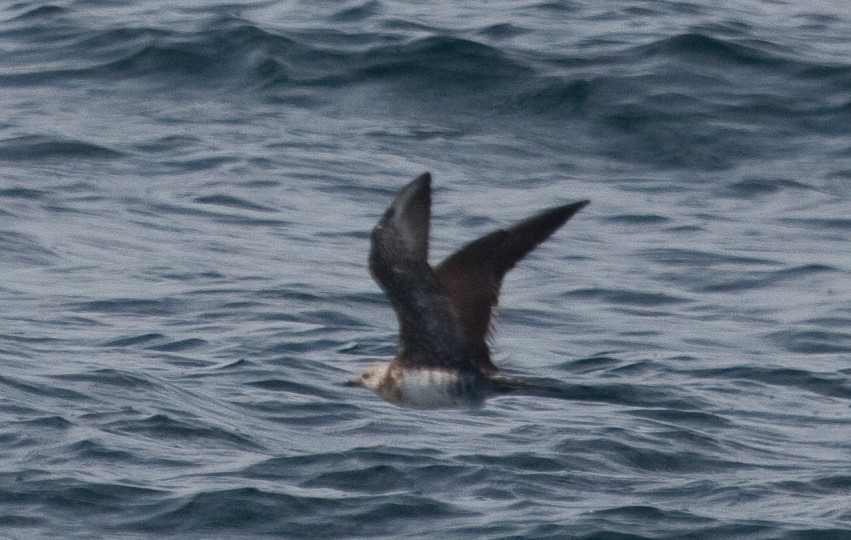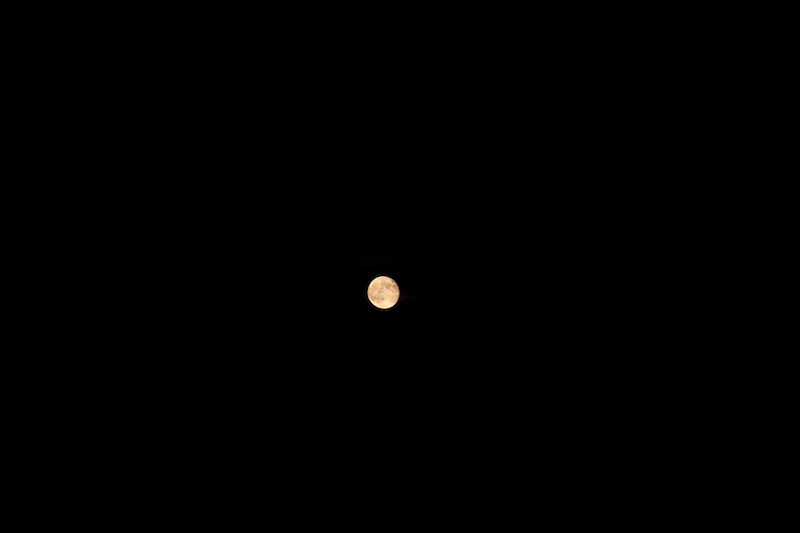Wednesday 7/13: Prospect Hill at lunch. Just about birdless but a few Dun Skippers and 2 Azure Bluets made up for it. Got all excited over a hairstreak on the way back. Thought it was too big for a Gray and must have been an Oak but pulled up photos on the Mass Butterfly Club’s website and it was obviously a Gray. It then started basking with the wings open which would have eliminated any confusion immediately. Still nice and not one I see at the park a lot.
Thursday 7/14: Nothing much.
Friday 7/15: Duck ponds: kingfisher and lots of waxwings were about it.
Saturday 7/16: Pelagic
Sunday 7/17: Tired.
Monday 7/18: Purgatory Cove: lots of Wood Ducks, young Barn Swallows, and what appeared to be a sleeping raccoon (or two).
Tuesday 7/19: BBN had lots of dragonflies and butterflies including Mocha Emerald and many Appalachian Brown and Common Wood-Nymph. Also had a thrasher a little out of place in the middle area (wandering from the other side of the hill or further away?).

























